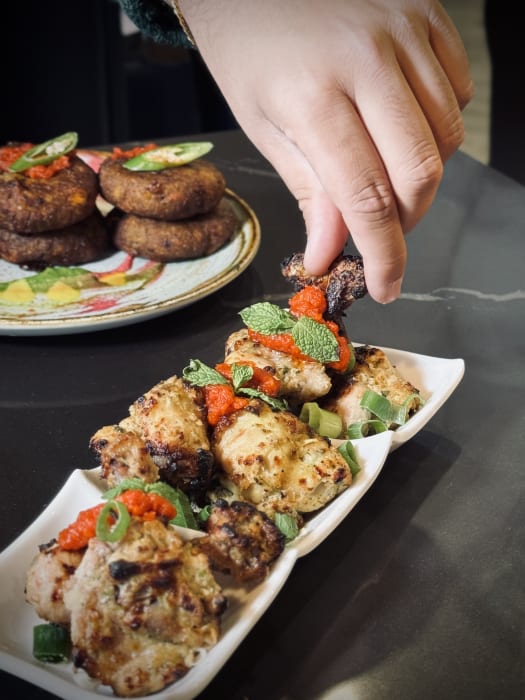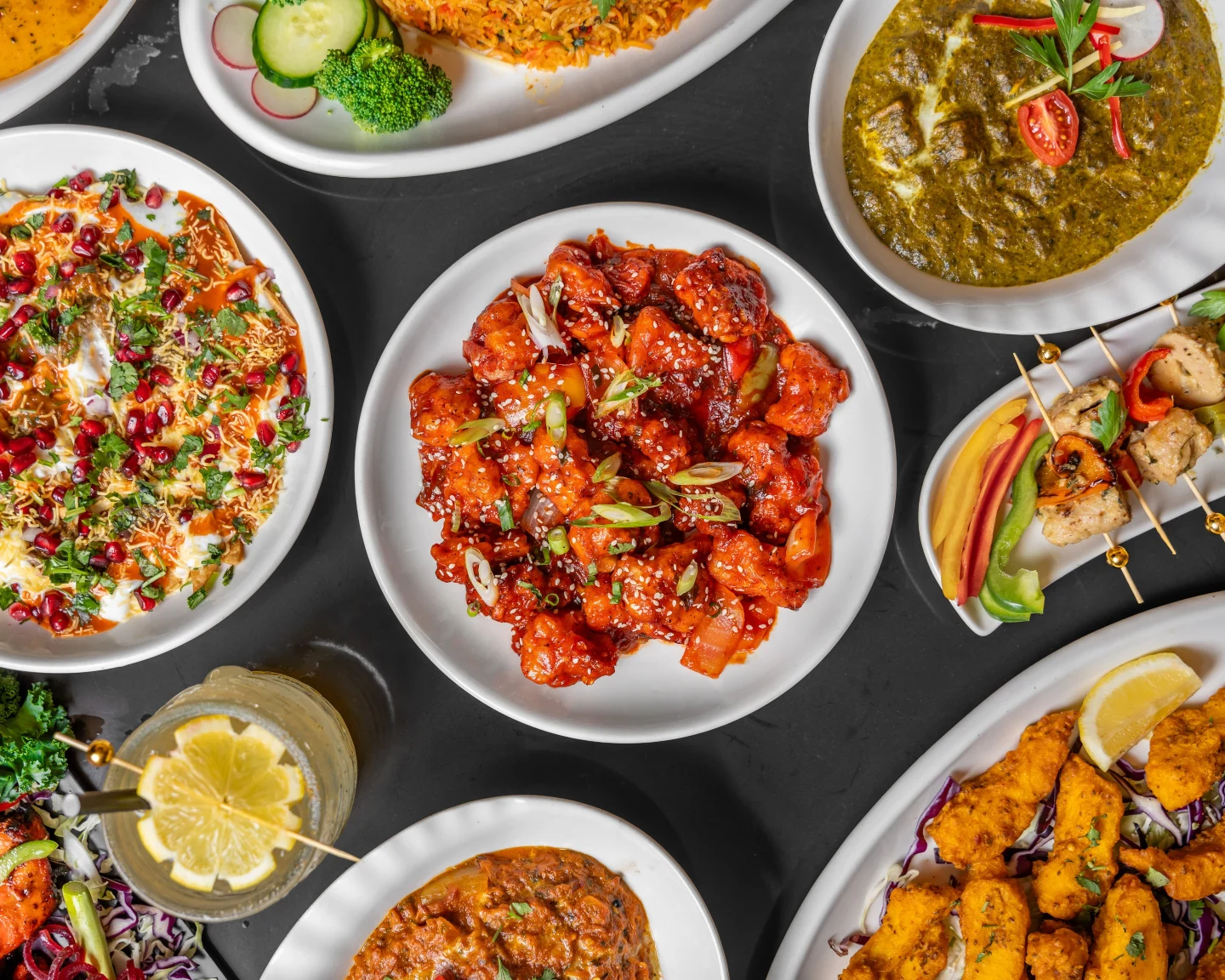Tandoor vs Grill: What’s the Difference — And Which One Rules?
The equipment we use to cook dinner meat, vegetables, or even bread can exchange flavor. Tandoor and grill are two of the most well-known methods to prepare dinner, despite the fact that they're on occasion fallacious considering that they produce very awesome outcomes. If you are interested in trying new foods from the world over or just need to understand what you could eat at Sahota's Live Grill, knowing the distinctions could make your subsequent meal extra enjoyable. Let's observe what makes these strategies one-of-a-kind and see which one would be high-quality within the kitchen.
What Is a Tandoor?
The Indian subcontinent is where the tandoor, a conventional clay oven, comes from. It works at very excessive temperatures, from time to time, as a whole lot as 900°F. The live fireplace, radiant warmness, and smoke from the dripping fluids all work together to provide food cooked in a tandoor with its unique flavor. In this style, you frequently eat such things as tandoori hen, naan, and seekh kebabs. The tandoor continues to moisture and gives food a smoky, barely burnt flavor that is hard to recreate with current-day equipment.

Understanding the Grill Method
When you grill, you prepare dinner meals over an open flame or warm coals. This is mainly true for Western-fashion barbecue. People usually do it on a metal grate, and the warmth source can be fuel, charcoal, or even wood. Grilling is executed outdoors, not like the enclosed tandoor. This means that there are various quantities of direct heat and charring. Grilling is a commonplace manner to cook dinner burgers, steaks, skewers, and corn at the cob as it gives them a caramelized crust.
Technique and Texture Differences
Both a tandoor and a grill can cook meals at excessive temperatures; however, the consequences are very special. Because a tandoor is included, it keeps warmth higher, which helps food cook lightly and speedily. This makes the inner tender and the out-of-doors crispy and engaging. Grilling, alternatively, gives you extra control over the temperature zones and is super for food that needs to be cooked slowly and for a long term or that needs a smoky flavor from timber chips. Grill marks deliver food with a rougher texture; that's what makes them so famous.
Cultural Roots and Culinary Identity
In South Asian cuisine, tandoori cooking is very vital to the tradition. It's now not just about cooking; it is also approximately family reunions, traditions, and vacation dinners. People had been the use of the tandoor for masses of years. It represents a manner of ingesting collectively, in which naan is slapped in opposition to clay partitions and meats are lowered into the hot chamber. Grilling, on the other hand, is quite not unusual in North American, Mediterranean, and Middle Eastern cuisines. It is commonly related to outdoor sports, summer season cookouts, and casual eating.
Flavor Profile: Smoky vs. Charred
Taste is one of the key motives people need to recognize the distinction. Tandoori cooking gives food a unique smokey flavor that goes well with spices and yogurt-based totally marinades. This approach usually makes things that might be juicy, properly marinated, and feature edges that can be a touch crunchy. Grilling affords the outdoors a charred, every now-and-then caramelized look that goes nicely with the gentle within. The warmth surrounds the meals differently: in a tandoor, it comes from all aspects; on a grill, it comes from beneath.
Cooking Speed and Heat Management
Tandoors get very hot very quickly, which means food cooks quickly. This is wonderful for busy kitchens or dishes that want to be equipped speedy. But you want to recognize the way to regulate the heat and where to put them within the oven. Grills give you more control because you can set up direct and indirect heat zones. This is great for thick slices of meat or fragile things. People who love to grill like the slower method because it brings forth more complex flavors.
Which One Wins for Health-Conscious Diners?
Both of those alternatives may be top for your health. Tandoori delicacies normally use less oil or fats due to the fact the food gets its flavor from marinating and cooking at an excessive temperature. This can make meals lighter. Grilling also can be appropriate for you, in particular in case you cut off the fat and stay away from sweet sauces that burn. But it can sometimes cause flare-ups and char, which some dietitians say you should restrict. Both ways are wonderful for getting lean proteins and vegetables.
Conclusion
Tandoori cooking offers food a deep, earthy char, at the same time as grilling gives it a strong, flame-kissed flavor. Both methods add something distinctive to the plate. It's not platters are not better than others; they are just what you like at the time. Sahota's Live Grill is a great place to eat if you want to enjoy both traditional and modern cooking at its best.




Leave a Comment
Comments (0)